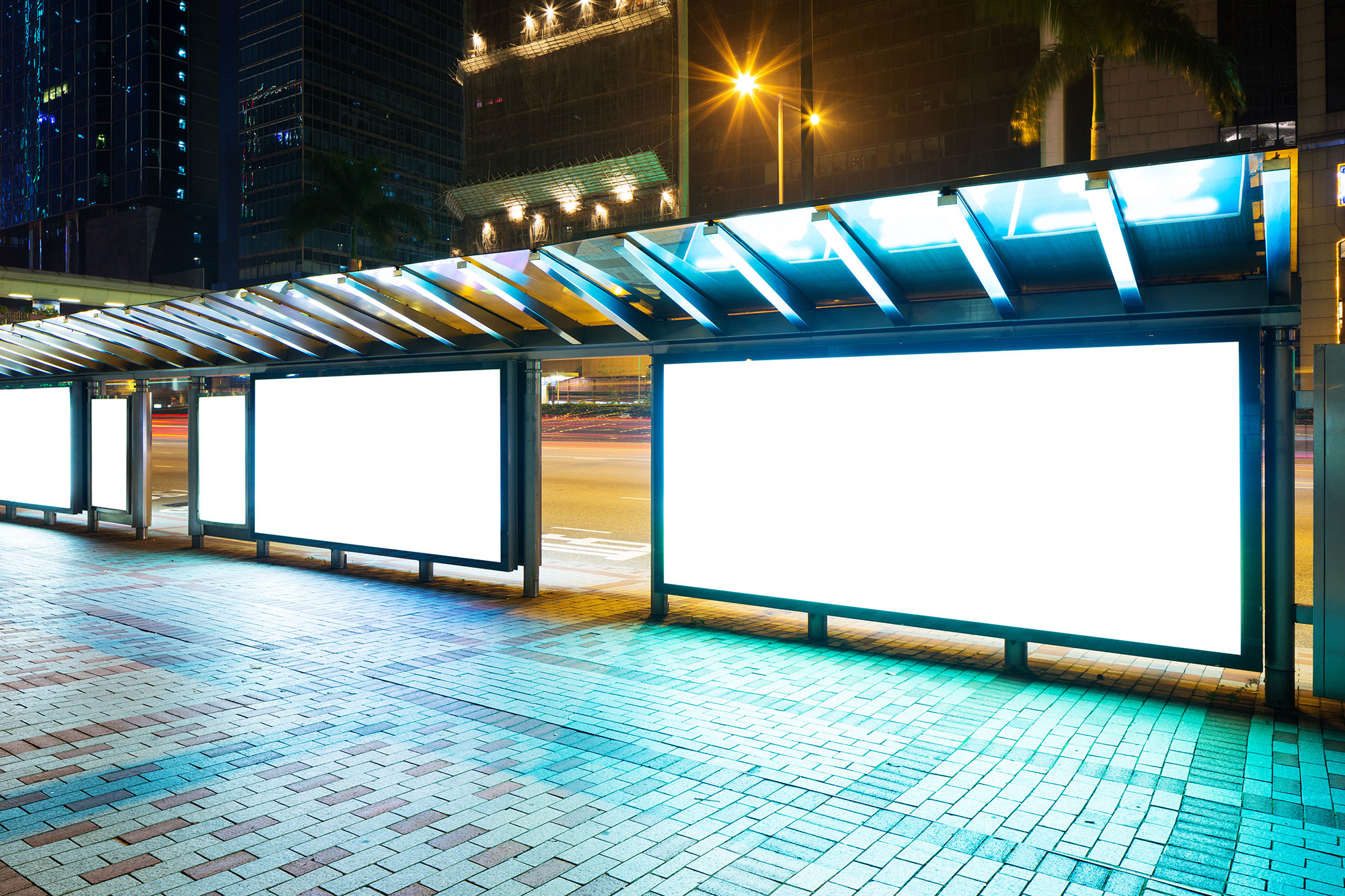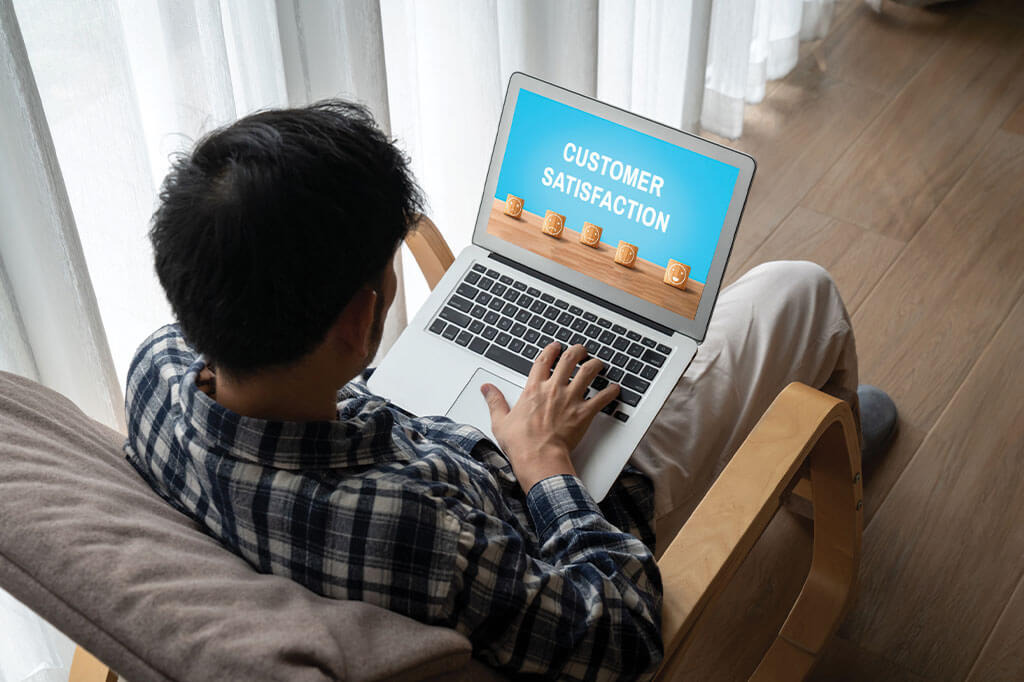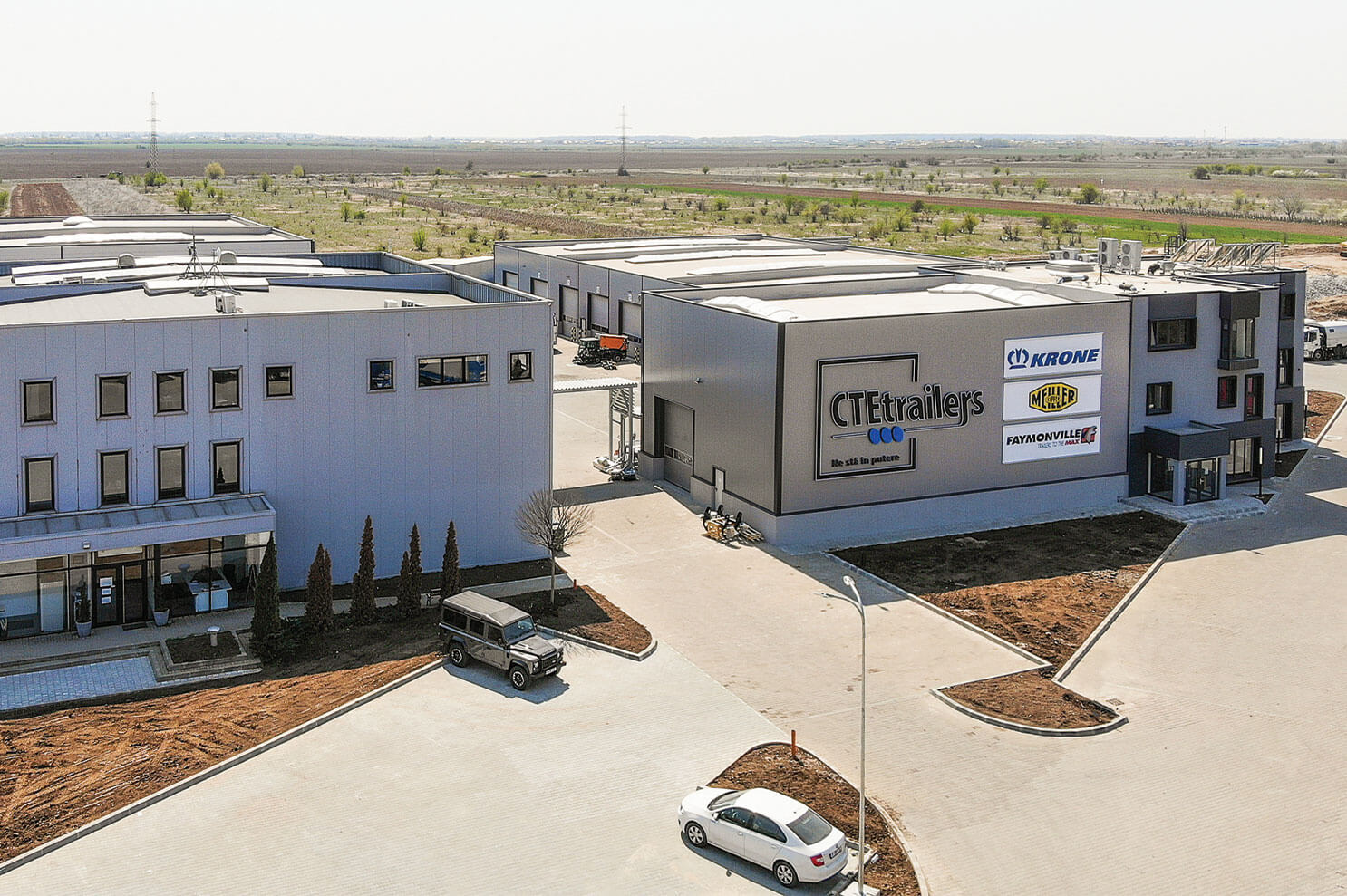Have you ever been stuck in traffic and the only thing you could do was to look at some billboards, running at slow speed and being faced with a huge 15 flores huge mesh, or driving on a highway and the only out of the box thing to see was a 8x24m special and amazing OOH creative? If the answer is yes, then you’re halfway there to understanding what OOH is.
Let’s begin by defining the term: OOH is an abbreviation for Out of Home and it is a type of physical advertisement. This category is characterized by any visual advertising media we can find outside our homes, for example billboards, ads on buses, taxis, metro, posters and other things where we can see publicity.
How did OOH appear and how it evolved today?
The history of OOH begins in 1830’s with billboards, of course. Originally, some sellers glued posters or painted on the wall some signs in proximity to their shops. The first large poster appeared in 1835, in New York, and promoted circus shows. Between 1835 and 2022, people started attaching their ads on everything. Nowadays, you can glue an advertisement on a bus, car or any other vehicle. Naturally, you need permission and you need to pay for that service, but it is certainly possible. Take, for instance, attaching a big poster on the wall at the metro station. That way, you can be sure that a lot of people will see your advertisement and raise your brand awareness in the process.
What are the advantages of using OOH?
Nowadays, plenty of companies use OOH. In the following lines, we will discuss the advantages of using this type of advertising and what the differences between OOH and online advertising are.
1. Expand your exposure.
Usually, the ads or commercials are placed in popular places, where there are a lot of people, such as the bus station, the supermarket, on buildings or near a traffic light, etc. As a consequence, you can show your ad to a large audience and increase your chances of finding potential customers. The difference between OOH and online advertising is that the computer filters the people and shows the publicity only to the interested individuals, but on the street, all types of potential consumers see the advertisement.
2. People see them for free.
Another advantage is that people don’t need to have access to the internet, radio or to buy a magazine/newspaper to see your ad. It’s free and it reaches a large number of people. You pay once for displaying your ads and allow the ad to work its magic.
3. It’s proof that your company is legit.
On the internet, there are many websites that try to scam people. They make false advertisements, withdraw money from people’s cards and then disappear without trace. Well, if you have at least a few billboards or choose publicity in public places, there is a bigger chance that customers will look up your brand, because people usually trust this kind of advertisement. They know that only serious and legit companies put up billboards.
Do big companies use OOH?
Yes, they do. What we appreciate about this type of advertisement is that you can fill the whole city with your adverts. An example of a company that uses this advantage is Disney+. A couple of days ago, a new streaming platform called Disney+ was launched in Romania. People now have access to watch all Disney, Pixar, National Geographic and Marvel movies plus TV series for a small subscription. This platform was already popular in other countries, but it launched in Romania on 14th of June. However, you could see they started putting up billboards a month ago. During this month, they added so many ads, that now you can see them everywhere. When you see the same advert every day and everywhere you pass, it’s impossible not to be curious. It’s no wonder, this big company attracted a lot of customers. Also, another interesting fact is that they chose a lot of ads with different characters from popular movies. This way, the colorful pictures drew people’s attention and made kids want Disney’s subscription. What an easy and intelligent way to gain subscribers!
How to use OOH effectively and what types of OOH exists?
Firstly, let’s see what kind of OOH is out there. We have identified several:
1. Traditional
This is the most common type and it includes the traditional ones such as billboards, wall murals, posters, bulletins, etc
2. Street furniture
This one refers to all the ads placed in places like bus benches, city trash cans, phone kiosks and other similar public places provided for general and public use.
3. Transit Media
You probably guessed it but it refers to all the ads placed at bus stations, airports or displayed on buses, taxis, etc. In short, all the ads that are from a transit environment.
4. Digital
Digital billboards are more modern than the traditional ones, because people can easily switch from one ad to another in seconds, however, they include the same category: billboards and bulletins.
5. Place Based Media
This is the last one and includes ads that are customized by the space they’re supposed to go to. The most common example for this category are all the recruitment posters that are placed on a university campus.
Secondly, you have to decide which type you should use for your company and who is the target audience. If the product/service is for everyone, like in Disney’s case, it is better to use the traditional or digital type. If you try to sell accessories for cars, it is better to use place-based media. Every company has its own success method and you can save a lot of time and money if you use the right tools.
Take for instance our agency, AnyMedia. One of our most ambitious projects is the Moving Billboards one. This project stemmed from our client’s need to have their brand’s message 100% visible. Our moving billboards are a network of dozens of coaches that travel daily back and forth to some of the biggest cities in the country. This particular transit network offers solutions for brand exposure in the form of personalized ads plastered on the network buses as a large mesh on both sides.
The result? You gain exposure to up to 10 mil people. Unbelievable but completely doable as transportation has the ability to carry your brand’s message all across the country. It’s highly visible and extremely effective. Our national coverage also includes promoters, flyers placed on seats, inside coach posters, personalized headrests or any other suggestion our clients might have.
With all that being said, OOH can become a very important asset in a company’s marketing strategy if used correctly. We believe that in the future, the traditional billboards and posters will disappear due to global warming and environment laws and will be replaced with digital ones. If that is the case, we will have to wait and see how OOH will evolve.








